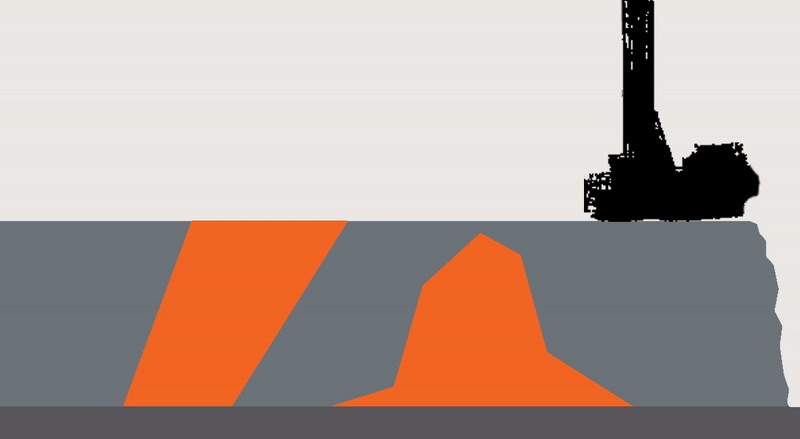More than anything when I first heard about deportment, I liked the word, but I knew nothing about it. Therefore, my natural next step was to ask questions, read some papers, and generally learn more about it.
The first thing I learned was that understanding deportment is the key control in the successful extraction, liberation, and recovery of economic metals (we will get to all these other words in subsequent posts because likewise, they are essential); i.e., deportment data is critical to a flowsheet and mill/processing circuit design.
What is deportment?

There are two distinct types of deportment: natural and induced.
Natural deportment is the propensity for some ores to exhibit preferential breakage leading to concentration of minerals into specific size fractions. Typically, our valuable mineral phases are in the finer fractions. The main control is typically textural, although it is important to understand rock mass properties, ore paragenesis, and mineralogy at a range of scales (CRCORE, 2022).
Induced deportment, on the other hand, is the ability to condition sub-volumes of feed material separately through the careful application of energy. This is typically achieved by differential blasting of material at bench or stope scale using customized blast designs (CRCORE, 2022). In this sense engineering is pretty neat… because by doing this properly, blasting will generate imposed size distributions with higher grade concentrated in the finer fractions.

In both cases, separation of fraction sizes occurs via screening of either post-blast or primary crushing material.
How do geometallurgists characterize deportment?
This is a complicated question, compounded by the fact that natural and induced deportment may require separate techniques to understand the key criteria required to successfully mine an ore body. However, the common thread between the two types of deportment is that both the ore and gangue mineralogy must be characterized.
Deportment information can be characterized by either high-precision or high-volume techniques; each has their own strengths and weaknesses. With high-precision techniques in a laboratory setting on prepared material (e.g., microanalytical techniques such as SEM, LA-ICP-MS, etc.), there are cost and time limitations, as well as the possibility of insufficient representation of variability prior to processing design. This could lead to future costly modifications to milling and recovery circuits. Conversely, collecting high-volume deportment data (e.g., hyperspectral imaging data, LIBS) may be the best way to characterize heterogeneous, highly variable material. This could create more data-rich geometallurgical models (i.e., understanding different ore types, lithologies, and alteration styles).
By having a better understanding of different geometallurgical domains, better testwork samples that represent different deportment characteristics may be selected that will provide a robust mill and processing circuit design.